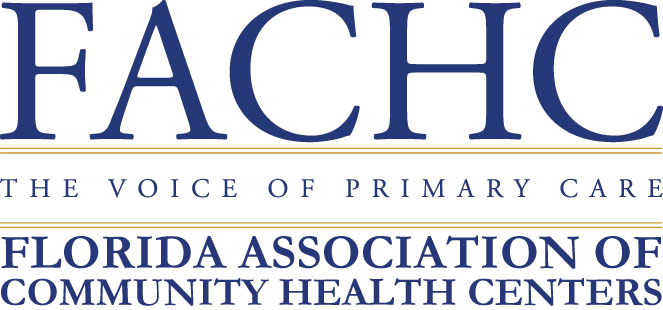If it isn’t clear already, the future generation of donors and volunteers prioritize and engage in ways far different than many organizations’ current bread and butter – Baby Boomers. Millennials, for instance, are far more likely to rely on friends (44 percent to 29 percent) and social media (30 percent to 11 percent) when making choices about giving or volunteering.
Conversely, Baby Boomers tend to be more interested in direct mail (32 percent to 11 percent of Millennials) and information directly from the organization (31 percent to 24 percent).
The data comes from Salesforce.org’s 2016 Connected Nonprofit Report. The report relies on survey responses gathered from 2,093 respondents this past September. A growing desire for mobile and tailoring emerged as something donors and volunteers, particularly young people, are clamoring for, according to Allyson Fryhoff, chief customer officer at the San Francisco-based software company.
A quarter of respondents, including 46 percent of Millennials reported that they’d engage more with an organization if it had a mobile app. Three-quarters of respondents, topped by 85 percent of Gen-Xers, reported that they’d volunteer more if the organization offered more personalization in terms of interests and preferences. Another 65 percent of respondents, including 80 percent of Millennials, said that they’d donate more to organizations that focused additionally on their interests and preferences.
Such desires can be met digitally, according to Fryhoff, noting that if an online retailer can target offers and make suggestions based on the books one buys, nonprofits can do the same with giving and volunteering opportunities. She pointed to her own giving behaviors and her interest in schools in the East Bay area. Fryhoff said that the organization she gives to — knowing her interest — sends her personalized emails that she will be interested in and follows up with impact reports.
“It’s all technology. It’s all automated, but it’s giving me that personalized experience,” Fryhoff said. “Even the smallest organizations can have very personalized experiences and larger organization can do it to scale.”
Technology is also a means of tracking and digitizing these experiences, Fryhoff said. Are your volunteers also donating? Who is advocated on your behalf on social media?
Millennials trail their elders in the donation of both money and goods and, though they are the most likely generation to volunteer, they tend to volunteer the fewest number of hours. Fryhoff still thinks that efforts to engage young and future donors and advocates is a smart play that won’t necessarily be wasted on older donors. Even grandma is getting on social media, Fryhoff noted.
“I think it is thinking of every individual that you want to connect with as being on a journey with you,” she said. “It may start with a follow on social media or a first-time donation. Even if they don’t have the capacity to give resources, but they are engaged in meaningful work, helping the underserved…Bring them into volunteering. Set something up so it’s easy to volunteer.”
Other key findings from the report include:
* The vast majority of donors, 90 percent, reported that it is very important to know exactly how their money is spent. Just 48 percent, topped by 55 percent of Baby Boomers, reported they are aware of how their donated dollars are spent;
* Face-to-face still works in the digital age. In-person interactions were the most common way both Millennials (54 percent) and Gen-Xers (51 percent) learned about volunteering or donating opportunities. Baby Boomers rely most on mail (61 percent); and,
* More than one-fifth of individuals (22 percent) are sitting on the sidelines, having not interacted with an organization at all in the past 12 months. Millennials were the most likely generation not to engage (28 percent), followed by Gen-Xers (24 percent) and Baby Boomers (16 percent).









